How to Check if You’re Blacklisted for Credit in the Philippines: A Practical Guide for Borrowers
 3 min. read
3 min. read
| Knowing how to check if you’re blacklisted for credit in the Philippines starts with reviewing your official CIC report and resolving flagged debts to rebuild financial credibility |
| Request your credit report from CIC or accredited bureaus
Look for unpaid balances, defaults, or collection notes File disputes or settle debts with supporting documents Secure clearance and recheck updated records to confirm status |
Credit can open doors to new opportunities, but it can also close them just as quickly. Many borrowers in the Philippines worry about being “blacklisted” after missed payments or unresolved debts, yet few understand what it really means or how it works.
Before making assumptions, it helps to know what lenders look at and how your record might affect your ability to borrow in the future.
This guide explains what credit blacklisting means, why it happens, and how to check if you’re blacklisted for credit in the Philippines, along with practical steps to resolve issues and protect your financial health.
What Does it Mean to be Blacklisted for Credit in the Philippines (And Why it Happens)
Being “blacklisted” is not an official status. Banks and lenders use it as shorthand to flag you as a high-risk borrower based on your credit reports from the Credit Information Corporation (CIC), a government agency that consolidates borrowing and payment records. Private credit bureaus accredited by the CIC also collect and provide these reports to lenders.
When you apply for a loan or a credit card, banks check your credit history. If the report shows unresolved issues, the lender may decline your application or impose stricter terms. These red flags make it feel like you’ve been blacklisted, but in reality, lenders are just basing decisions on your credit data.
You may get flagged because of:
- Unpaid credit card balances – Carrying large overdue balances implies poor repayment behavior.
- Loan defaults – Missing payments on personal, auto, or housing loans negatively impact your standing.
- Bounced checks – Issuing checks without sufficient funds can trigger both financial and legal consequences.
- Delinquent accounts sent to collections – Accounts turned over to collection agencies are serious marks on your record.
- Court judgments or legal cases related to debt – Court-ordered rulings become part of your financial history.
- Fraud or misrepresentation – Submitting false documents or misrepresenting income when applying for loans damages credibility.
- The more unresolved or severe the record, the harder it is to secure new credit.
How to Check if You’re Blacklisted for Credit in the Philippines (And How to Resolve it)
If you think you’ve been flagged, the best approach is to confirm your status through official channels. When you know exactly what lenders see, you can immediately try to fix the problem. Taking action restores your credibility and increases your chances of being approved for future credit.
- Get your credit report
Request a copy from the CIC through its website or from accredited bureaus like CIBI, CRIF, or TransUnion Philippines. - Check for adverse entries
Review the report for overdue balances, defaults, or collection-related notes. Pay attention to how accounts are labeled since lenders look closely at negative remarks. - Record TRN and source
Each credit report has a Transaction Reference Number (TRN). Keep it for documentation, especially if you need to raise a dispute later. - Confirm with the lender
If something looks unclear, contact the bank or financial institution directly. Sometimes errors appear due to delayed updates or clerical mistakes. - Verify authenticity
Only obtain reports from official channels. Avoid third-party services that promise quick fixes, as they may be unreliable or even fraudulent. - File a dispute
If you find an incorrect entry, raise a dispute with the CIC or the credit bureau. Provide supporting documents such as payment receipts or settlement agreements. - Settle valid debts
If the entry is accurate, prioritize repayment. Many lenders allow negotiated settlements that can reduce the balance or stop further penalties. - Secure clearance
Once settled, ask the lender for a clearance letter and submit it to the CIC or bureau to update your record. - Recheck your report
After corrections or settlements, request a fresh copy of your credit report to confirm that the issue has been cleared.
From Blacklist to Credit Confidence
Being flagged on a credit report isn’t the end of your borrowing journey. Checking your status, confirming the accuracy of records, and resolving issues can help you take control of your financial standing.
Moreover, treating your credit history as a vital asset allows you to rebuild trust with lenders. The sooner you address red flags, the faster you can recover your access to credit.
If you’re ready to rebuild or strengthen your financial foundation, explore RCBC Credit Cards at RCBC Credit. With the right card and responsible use, you can manage expenses efficiently while keeping your credit record healthy.
Frequently Asked Questions
It means a lender flagged you as a high-risk borrower, making it harder for you to secure new loans or credit cards.
Request your credit report from the CIC or accredited bureaus like CIBI, CRIF, or TransUnion Philippines.
Unpaid balances, loan defaults, bounced checks, accounts sent to collections, court judgments, and fraud are typical red flags for lenders.
File a dispute with the CIC or the bureau and provide proof—such as receipts or settlement papers—to correct errors on your record.
Settle valid debts, get clearance from your lender, and recheck your credit report for updates.
Pay on time, manage balances responsibly, avoid issuing unfunded checks, and maintain accurate records to keep a positive credit history.
You can explore debt restructuring or settlement options directly with your bank. The Credit Card Association of the Philippines (CCAP) also offers an Interbank Debt Relief Program, which allows you to restructure overdue credit card obligations with participating issuers.

 bc
bc

















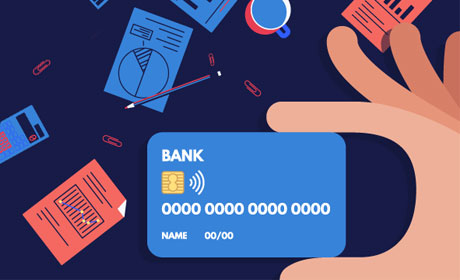


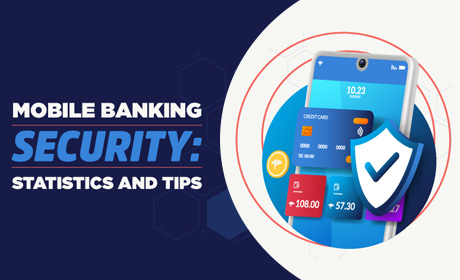

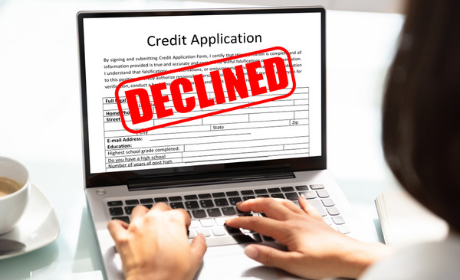
.png)
.png)




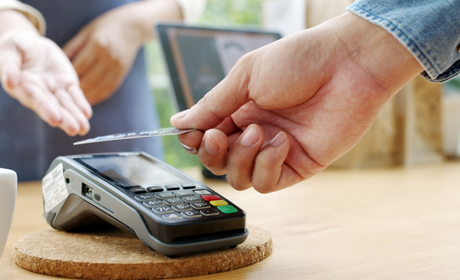
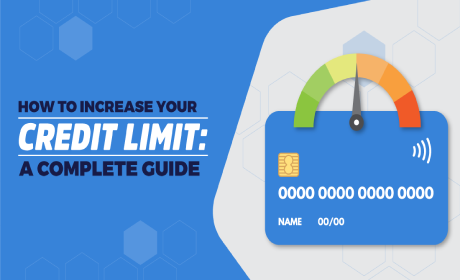
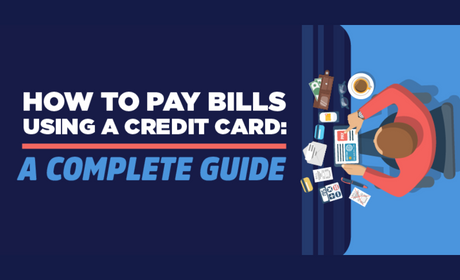



.jpg)
.jpg)
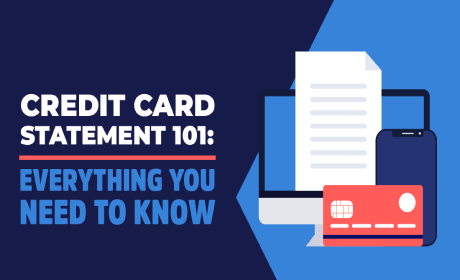
.jpg)

.jpg)

.jpg)



.jpg)
 (1).jpg)
 (1).jpg)
 (1).jpg)

.jpg)
 (1).jpg)
 (2) (1).jpg)
 (2) (1).jpg)
.jpg)
 (1).jpg)
 (1).jpg)
 (1).jpg)
 (1).jpg)


.jpg)
.jpg)
.jpg)
.jpg)
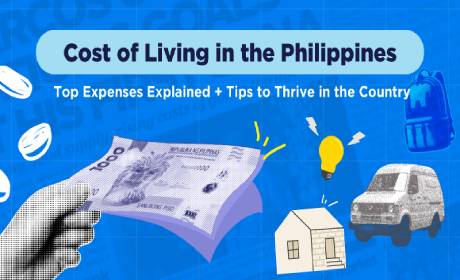
.jpg)
.jpg)


.jpg)
.jpg)
.jpg)
.jpg)
.jpg)
.jpg)
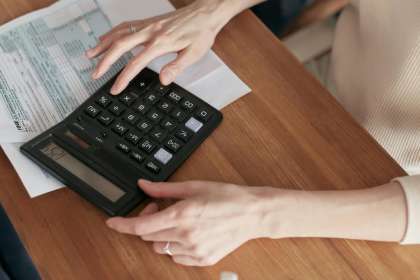

.jpg)
 (1).jpg)

.jpg)

.jpg)
.jpg)
.jpg)
.jpg)
.jpg)